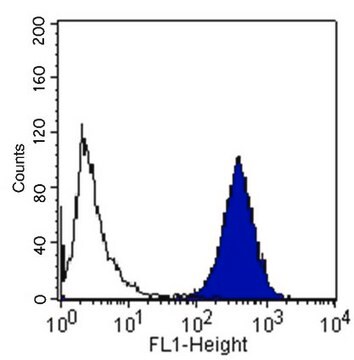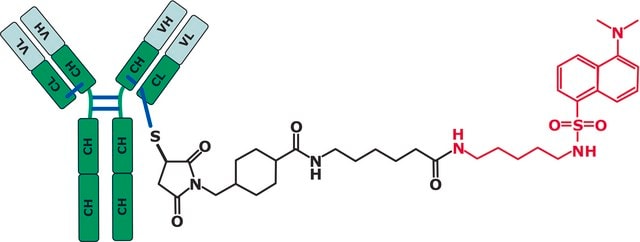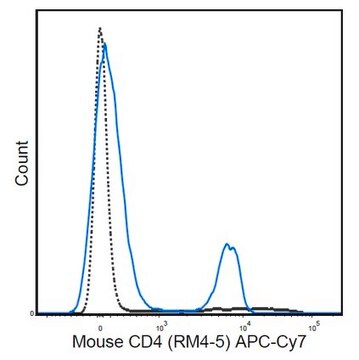MAB2056
Anti-Integrin α3 Antibody, clone ASC-1
clone ASC-1, Chemicon®, from mouse
Sinonimo/i:
CD49c
About This Item
Prodotti consigliati
Origine biologica
mouse
Livello qualitativo
Forma dell’anticorpo
purified antibody
Tipo di anticorpo
primary antibodies
Clone
ASC-1, monoclonal
Reattività contro le specie
human
Produttore/marchio commerciale
Chemicon®
tecniche
flow cytometry: suitable
immunohistochemistry: suitable
immunoprecipitation (IP): suitable
Isotipo
IgG1κ
N° accesso NCBI
N° accesso UniProt
Condizioni di spedizione
wet ice
modifica post-traduzionali bersaglio
unmodified
Informazioni sul gene
human ... ITGA3(3675)
Specificità
Immunogeno
Applicazioni
EHS laminin, and laminin GD-2 peptide. Potentiates inhibition of SKOV-3 cell adhesion to EHS laminin by anti-integrin alpha 5 antibody GoH3. Does not inhibit cell adhesion to fibronectin or collagen type IV.
Immunohistochemistry: on acetone-fixed frozen human epithelial tissues including tongue, foreskin and ovary. Not for use on formalin-fixed tissue.
Flow cytometry: stains human squamous cell carcinoma (SCC9), ovarian carcinoma (SKOV-3) and umbilical vein endothelial cells (HUVEC).
Immunoprecipitation: precipitates PAGE bands of 130kDa (reduced) or 116kDa and 135kDa (non-reduced) from surface-biotinylated SCC9 or SKOV-3 cells.
Working dilutions must be determined by end user.
Cell Structure
Integrins
Linkage
Stato fisico
Stoccaggio e stabilità
Altre note
Note legali
Esclusione di responsabilità
Not finding the right product?
Try our Motore di ricerca dei prodotti.
Codice della classe di stoccaggio
10 - Combustible liquids
Classe di pericolosità dell'acqua (WGK)
WGK 2
Punto d’infiammabilità (°F)
Not applicable
Punto d’infiammabilità (°C)
Not applicable
Certificati d'analisi (COA)
Cerca il Certificati d'analisi (COA) digitando il numero di lotto/batch corrispondente. I numeri di lotto o di batch sono stampati sull'etichetta dei prodotti dopo la parola ‘Lotto’ o ‘Batch’.
Possiedi già questo prodotto?
I documenti relativi ai prodotti acquistati recentemente sono disponibili nell’Archivio dei documenti.
Il team dei nostri ricercatori vanta grande esperienza in tutte le aree della ricerca quali Life Science, scienza dei materiali, sintesi chimica, cromatografia, discipline analitiche, ecc..
Contatta l'Assistenza Tecnica.








